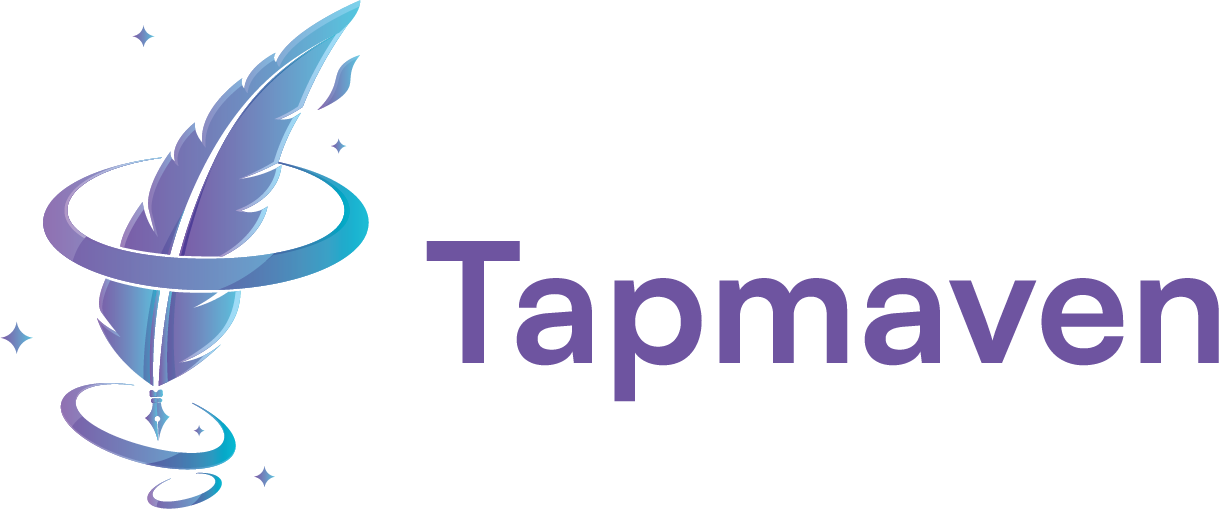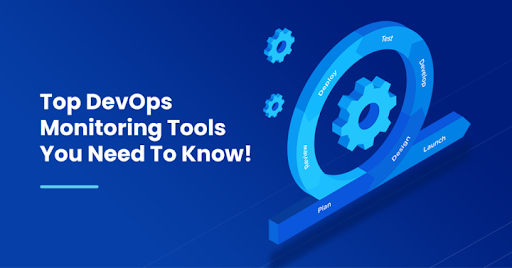In today’s fast-paced digital landscape, DevOps practices have become crucial for organizations striving to deliver high-quality software quickly and efficiently. DevOps monitoring tools plays a vital role in ensuring the stability, performance, and availability of applications and infrastructure. To achieve successful monitoring, it is essential to utilize robust tools that can provide real-time insights into various aspects of your DevOps environment.
In this blog, we will explore some of the top DevOps monitoring tools that you need to know.
Why DevOps Monitoring Matters?
DevOps monitoring is crucial because it allows organizations to gain insights into their systems, detect anomalies, troubleshoot issues, and ensure the overall health of their applications. By proactively monitoring key metrics, such as response times, error rates, and resource utilization, organizations can identify bottlenecks, optimize performance, and deliver a seamless user experience. Effective monitoring also aids in meeting SLAs, preventing outages, and reducing mean time to resolution (MTTR) during incidents.
Key Features of DevOps Monitoring Tools
- Metric Collection: DevOps monitoring tools capture and analyze a wide range of metrics, including system resource utilization, response times, error rates, and more. They enable the collection of data from various sources, such as servers, containers, applications, and databases.
- Alerting and Notification: These tools allow the configuration of alerts based on predefined thresholds or anomalies. They send notifications to relevant stakeholders via email, SMS, or other communication channels, enabling prompt action to mitigate potential issues.
- Visualization and Dashboards: Robust visualization capabilities are essential for understanding complex data sets. DevOps monitoring tools provide intuitive dashboards and customizable charts to present data in a meaningful and actionable format.
- Log Monitoring and Analysis: Logs are a valuable source of information for troubleshooting and root cause analysis. Monitoring tools offer log aggregation, search, and analysis capabilities, allowing teams to identify patterns, exceptions, and performance bottlenecks.
- Performance Monitoring: These tools measure application performance by monitoring response times, throughput, and transaction rates. They help identify performance degradation, bottlenecks, and optimize resource utilization.
- Infrastructure Monitoring: DevOps monitoring tools, like the PRTG OPC UA server, provide comprehensive insights into infrastructure components, including servers, networks, and storage. They enable tracking of resource usage, capacity planning, and identifying infrastructure-related issues.
DevOps Monitoring Tool Features:
- Real-Time Visibility: Monitoring tools offer real-time visibility into application performance, infrastructure health, and system metrics. They collect and analyze data from various sources, including servers, databases, network devices, and application logs, presenting it in a comprehensive dashboard.
- Alerting and Notification: These tools detect and alert teams about potential issues, such as high CPU usage, low memory, or network latency, enabling proactive remediation. They send notifications via various channels (e.g., email, SMS, chat) to ensure timely responses and reduce downtime.
- Performance Monitoring: DevOps monitoring tools provide insights into application response times, throughput, error rates, and other performance-related metrics. This helps teams identify bottlenecks, optimize resource allocation, and improve user experience.
- Log Management: Comprehensive log management capabilities enable efficient log collection, storage, and analysis. These tools centralize logs from multiple sources, making it easier to search, correlate, and troubleshoot issues, ultimately improving incident response and root cause analysis.
- Infrastructure Monitoring: Monitoring tools track the health and performance of servers, virtual machines, containers, and other infrastructure components. They monitor CPU usage, memory utilization, disk I/O, and network traffic, aiding capacity planning and resource optimization.
- Visualization and Reporting: DevOps monitoring tools offer intuitive visualizations, charts, and graphs to help teams understand complex data trends and patterns. They also generate customizable reports for stakeholders, facilitating data-driven decision-making and performance tracking.
Top DevOps Monitoring Tools
- nOps: nOps is a cloud-native DevOps monitoring tool designed to manage, monitor, and operate distributed systems. It provides real-time insights into the performance of applications and services across different environments. With nOps, you can quickly identify and address issues, troubleshoot problems, and optimize system performance for enhanced efficiency.
- AppDynamics: AppDynamics specializes in application performance monitoring, providing real-time insights into application performance. It offers detailed performance data, enabling quick issue identification and resolution. AppDynamics also includes analytics capabilities that help understand the overall performance of applications over time, facilitating proactive performance improvements.
- Nagios: Nagios is an open-source monitoring tool widely used for monitoring servers, applications, and services. It provides comprehensive monitoring capabilities and supports alerting, notifying users when issues arise. Nagios enables proactive monitoring and efficient management of DevOps environments, ensuring system stability and reducing downtime.
These DevOps monitoring tools offer a range of features to enhance visibility, optimize performance, and address issues promptly, enabling organizations to deliver high-quality software and maintain a robust infrastructure.
Conclusion:
DevOps monitoring tools are essential for organizations to optimize software delivery, enhance performance, and ensure the stability of their applications. Tools like nOps, AppDynamics, and Nagios provide real-time visibility, alerting capabilities, and performance monitoring to proactively address issues and improve user experience. Investing in these tools is crucial for businesses aiming to achieve efficiency, reliability, and success in the dynamic world of DevOps.

